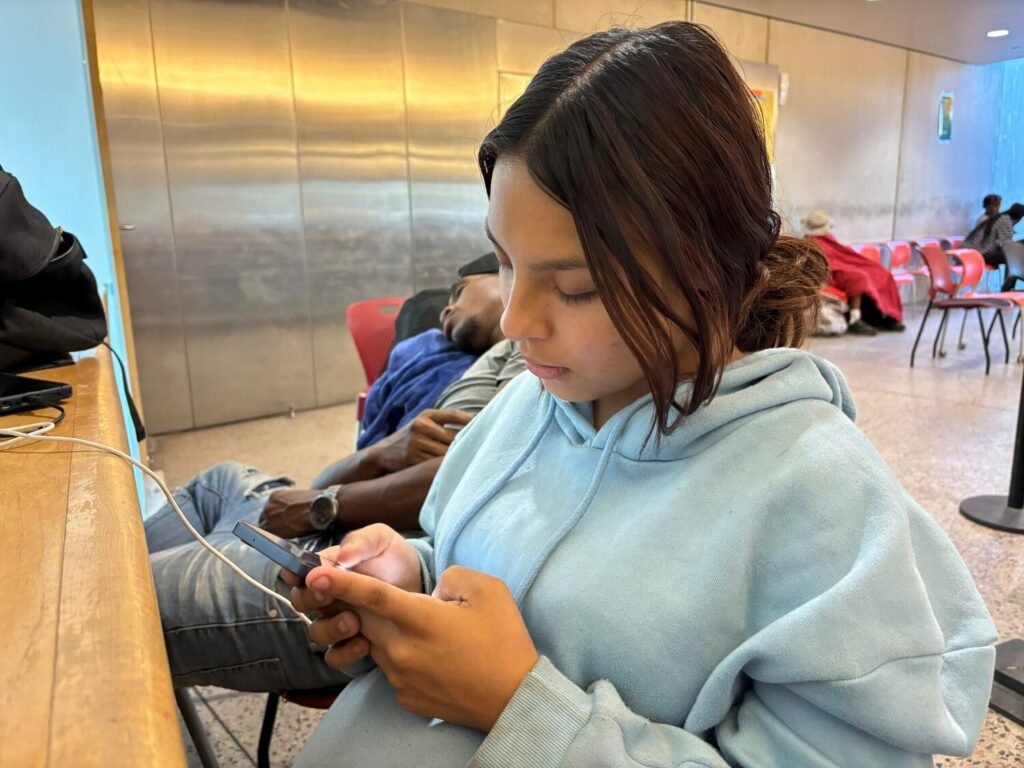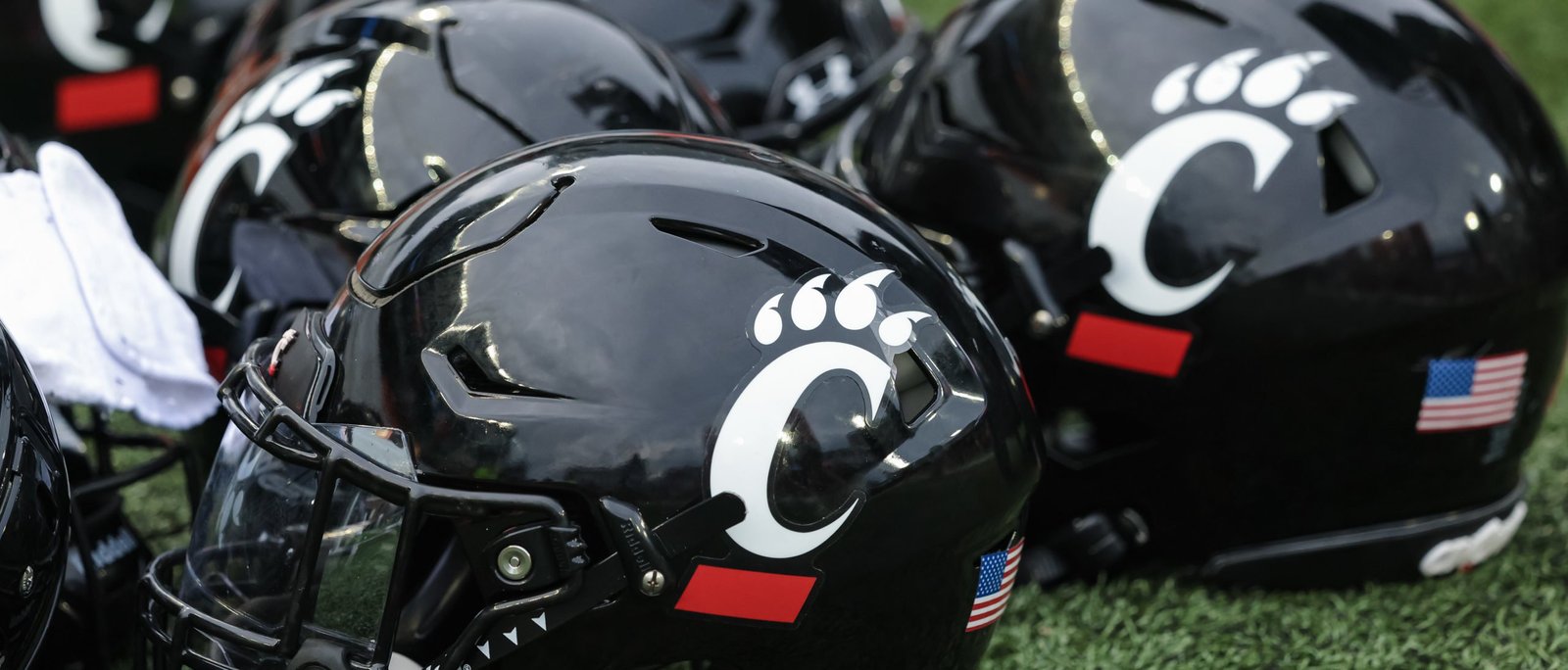Written by Jalen Woody | Cronkite News
PHOENIX — In the middle of the desert, summer is the harshest time in Maricopa County. According to the National Weather Service, there were 142 consecutive days this year with temperatures above 100 degrees.
To combat the heat, the Maricopa Association of Governments has implemented a network of heat response centers to provide everyone with the care they need to endure the hottest temperatures in the United States.
The heat in metro Phoenix is no joke, and the scorching temperatures are killing many people, making this program essential to Maricopa County communities. As of Oct. 12, 389 people have died from complications this year, according to the county.
As of Oct. 9, 35,309 people visited Phoenix rest facilities and extended-hour cooling centers. According to a city report.
MAG social services planner Cleo Warner said heat response centers were organized into four categories.
- Warner said a cooling center is an air-conditioned space where volunteers and staff provide water.
- Respite centers are indoor, heated, air-conditioned spaces with water where you can rest and recuperate. Restrooms, charging stations, meals, and health screenings are also available.
- A hydration station is an indoor or outdoor station that provides cold water.
- Collection and donation sites exist for other centers that continue to provide care.
“They’re really important to the community,” Warner said. “They are the backbone of our response to the summer heat every year because they provide a simple but important and much-needed service to so many people. They are at risk every year when temperatures become dangerous, but they save countless lives.”
The program is designed to be implemented when temperatures exceed 100 degrees, said Jeff Christian, community resource specialist and heat mitigation coordinator for the city of Chandler. The official schedule for the Heat Mitigation Network is May through September. However, given that temperatures continue to exceed 100 degrees for most of October, the Heat Control Center announced that the It will remain open until March 31st.
The Barton Barr Respite Center was the only center remaining open 24 hours a day until Oct. 17, Warner said. The 24-hour respite center was implemented for the first time this year.
“It’s difficult to secure these resources in the summer to run nighttime sites, and it’s been amazing to have several partners come together to make that possible this year,” Warner said. he said earlier this month. “Our season typically runs from May to September, and we allocate resources and funds to allow people to volunteer frequently throughout the month.Due to the temperatures being so hot, we are currently offering this bonus extension. We’re all pulling together to figure out how we can extend the season and stretch our limited resources.”
Jacqueline Lopez spent the first two weeks of October sleeping in the Barton Barr Central Library’s respite center. She said she is grateful for the respite center because it provides a safe haven in the heat.
“I’ve been through a lot. When I was 16, I was kicked out of my parents’ home, my home,” Lopez said. “I’m really happy because (the temperature has dropped) I can go outside and walk.”
Lopez often walked around in the hot sun and found temporary shelter at a respite center in Burton Bar. She said she had known about the respite center for some time, but only started using the service this month. The respite center is located at the back of the library, and when the sun falls behind the building, more shade is available to those sitting inside and outside the center.
The respite center itself is a small auxiliary room next to the back parking lot. City of Phoenix volunteers and employees work in relaxed attire to meet the needs of people checking into respite centers. The air inside the room is cool, and air conditioning blows into the room as patients walk around and sit, talk to volunteers, drink and eat food and water, charge their devices and rest.
In one corner of the room sat pastor Monica Peña, who said she loves reaching out and helping people in any way she can. She enjoyed the convenience of the respite center and 24-hour service.
“Respite centers and cooling centers are truly essential to our communities as we seek to meet the needs of our city’s most vulnerable, most at-risk and most marginalized populations,” Christian said. said.
While many are overlooked during the summer months, these centers offer them a cool place to stay comfortable in the blazing sun, he said.
“The potential for death is real. (And) we think it’s essential that we provide this type of service to people in the city who wouldn’t have had access to it…a pretty scary situation. There will be some,” Christian said. “It has a significant negative impact on the health and lives of some of the most vulnerable people in our communities, the people we want to help and want to see their basic needs met. will be given.”
















